|
Review
of Do the Maths -350.org
(
Reflections on Bill McKibben's
presentation
in the Embassy Theatre
Wellington New Zealand 15 June 2013)
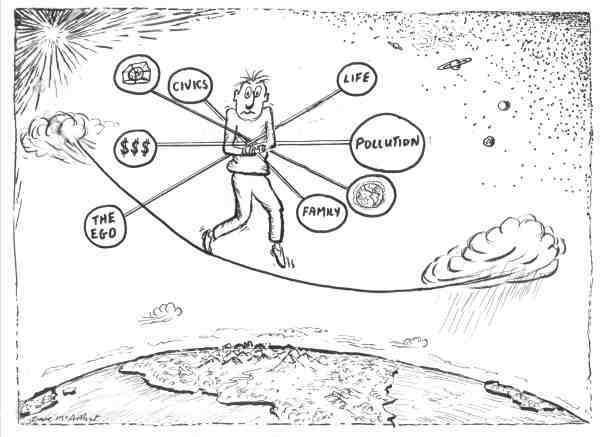
In 2010 the
Boston Globe called him "probably the nation's leading
environmentalist” and Time magazine described him as "the world's
best green journalist." Last night (13 June)
Bill McKibben spoke to a packed Embassy theatre in Wellington. Waged
people paid $NZ22.50 and unwaged $NZ12.50 to hear him speak about the
dangerous impacts of human activity on Earth’s climate. An unknown
number missed out on getting tickets or could not afford them. What’s
with this crowd?
As Bill
said, none of us would have had to be there if we were a civilised
society and he made it clear he would far rather be home enjoying his
family and land in Vermont. For whatever reason, many young people and a
wide smattering of grey-heads like me attended the show. Forty year olds
did not seem to be so well represented but then perhaps those present
just look much older or younger than they are.
A woman and her daughter
who had hitchhiked from Nelson to the Picton Ferry sat beside me. The
back of the daughter's T-shirt was emblazoned with slogans exhorting us
to recycle, use renewable energy etc.
An
ex-Prime Minister sat behind me, a man who had been at the centre of a
Government that had in an unprecedented way subsidised private cars and
jet travel with their immense waste and pollution.
Who knows why these various people were gathered here? All I know is
there were many activities I would have preferred to be doing and I
attended with no intention of writing a review of the event. However I
woke this morning feeling that the show had been an important, hopeful occasion worthy of deeper reflections. So here I am assembling
this review despite the fact I took no notes, I am diplopic and there is
so much else for me to do. And, unlike Bill, I am not a wordsmith.
So why was
I there? Like Bill, by the 1990s I had concluded our use of our carbon
potential is totally unsustainable. Then in 2000 I got the job of
summarising the New Zealand 2000 Climate Impact Report into poster form
for 11-12 year olds. I was then in my fifties and I was shocked to
realise the scale of the failure of our educators and journalists to
communicate the nature of the atmosphere to me. Worse, much worse, I
realised the communication of our climate experts completely lacked
science too.
One
conversation remains indelible. I was incredulous of the statistics I
was presented with. These suggested that the existence of a few gases
constituting less than 0.1% of Earth’s atmosphere made the difference
between the present life-enabling average temperature of 15C and an
Earth averaging minus 18C in their absence. This was at once an amazing,
awe-inspiring and terrifying realisation that changed me to the core. I
still could not believe the maths and rang Martin Manning, then head of
NIWA, to confirm the figures before further propagating them in our
schools.
Martin
confirmed the figures and I expressed my dismay at how our media had
completely failed for over five decades to communicate to me that these
potent warmer gases were calculated in parts per million (ppm). Martin
replied with considerable passion down the phone line, “If only, if
only someone could get it across that we are talking about trace gases
here”. So in that moment I decided I would be that someone.
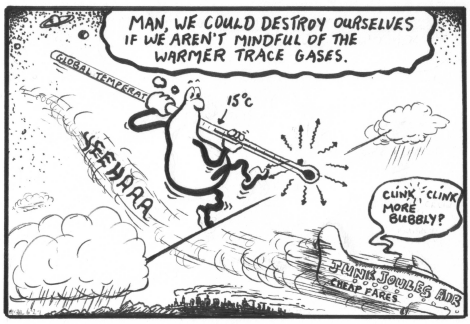
From
Bonus Joules and the Knowledge Economy
For the
next two years I researched and dreamed what I came to call Trace
Theory. I discovered that no one talked about the Warmer Trace Gases.
Even our top climate experts like Martin and Andy Reisinger refused to
speak about trace gases, instead preferring to speak of “greenhouse
gases”, thus evoking images of Earth’s atmosphere as a greenhouse. I
slipped the information about the trace gases into the teacher's guide.
I later learned those guides were not distributed with the posters to
our schools.
I observed that some educators and climate experts became extremely irritated when I questioned this
behaviour. Eventually
I concluded this greenhouse belief system constituted a major new global
religion.
By October
2002 I had researched the learning activities this use of the
“greenhouse” symbol generates at all levels of our education system
and shown how it is unsustainable. I also performed a parallel exercise
researching the learning activities generated by the use of the
“trace” symbol and was convinced these better communicated the
dynamic nature of our atmosphere. Helen Clark, then our Prime Minister,
often expressed her concern about “climate change” and so I wrote to
her offering to show her this work.
As
mentioned, I had
become aware of a most interesting phenomenon. Our leading Environmental
Educators and climate experts did not welcome this work. Indeed the
almost universal reaction was one of dismissal, sometimes outrage. In
November I got an urgent invite to address a meeting of representatives
of Government Departments concerned with climate communication. I
prepared flow charts showing the impacts of both Greenhouse Theory and
Trace Theory on our education curriculum. However I had not got two
lines into my exposition when New Zealand’s most powerful
Environmental Educator tore down my charts, shouting that I did not have
a clue what I was talking about. The meeting broke up in disarray and no
minutes were ever recorded.
I now
realised the work was touching onto a vital element of our psyche that
is a driver of our vast system of waste and pollution. It was to take
another three years of work and dreaming to distil these insights into
the Sustainability Principle of Energy. As part of that investigatory
process I created an Internet cartoon strip to explore our psyche, which
Alastair Thompson of SCOOP News ran for a year or two. A decade later
those primitive cartoons have had millions of hits and the first page of
Google image searches of “greenhouse effect”, “greenhouse
earth”, “trace gases” etc still throws up several links to the
strip.
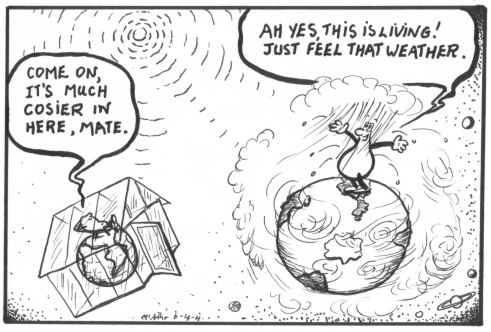
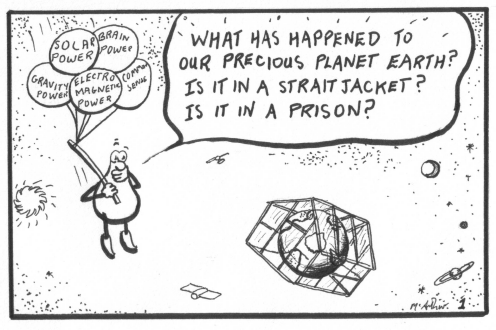
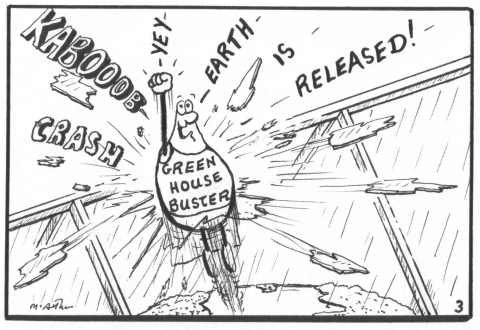
From
Bonus Joules and the Knowledge Economy
Every so
often I learn those cartoons had an impact I could not have imagined but
in general I assumed from my New Zealand experience that I had
completely failed in my attempts to communicate to our educators and
journalists the vital, trace nature of our atmosphere.
There are a few positive signs. For instance, Internet image searches in
2003 of the “greenhouse” symbol used to generate a page consisting
of up to 70% of pictures of “greenhouse Earth”. Now these are less
than 10% of the pictures on the first page. 90% of results are pictures
of greenhouses.
Of course some of the change may reflect Google’s
refinement of personalised search results. However a search of the
“greenhouse gas” symbol still generates pictures of Earth in a
greenhouse.
1 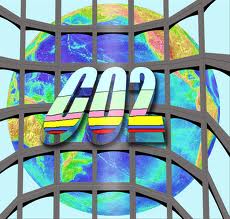 2 2
 3 3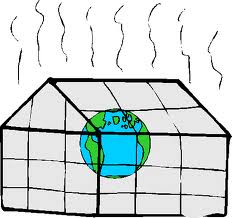 4
4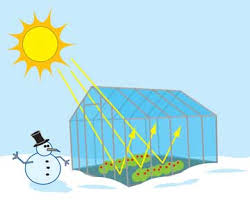
1 NOAA 2Livescience 3Gstriatum 4Mudahfiska
In
general though, in 2008 most of the evidence indicated our leading
educators, journalists and policy makers were not ready to embrace Trace
Theory. It was too inconvenient. Indeed
our rising pollution statistics, our formal adoption of the ETS regime,
our escalating debt and the general hostility of Environmental Education
agencies to Trace Theory offered little reason for hope.

In this
context Bill’s idea of 350.org came as a bolt of genius that year. As
he explained last night, the idea came from a letter he received from
his good friend, James Hansen. James had calculated the highest safe
levels of carbon dioxide in the atmosphere to be about 350 parts per
million. So last night I was present to pay homage to this human being
through which such genius had flowed. Why is it genius? A debate about 350 is a debate
about parts per million. A debate about parts per million is a debate
about trace gases. A debate about trace gases generates discussion of
Trace Theory – tiny proportions with enormous leverage...the essence
of Earth’s highly dynamic atmosphere.
Great
challenges remain before we have a science in the communication of
climate processes. The
communication of climate care and civics is a vastly complex process
because the ego can easily subvert our finest intentions. I risk being
obscure when I state that in terms of symbols, we are our lifestyle and
information is physical. Our actions form potent metaphors that our
conscious minds can never truly fathom. The truth of the sustainability
of our actions will always be revealed in some way or another. Thus our
real messages can easily be quite different to what we think they are.
They may even be completely contradictory.
Billions of
people in Developed Economies lead sustainable lives and so are not
subject to this conundrum. However people in Undeveloped Economies (or
Diseconomies) like the USA and New Zealand are very unsustainable and
this is reflected in the correlation of our lifestyles with our use of
language.
So even
though Bill’s notion of 350.org is genius and he is a considerable
artist at communicating climate processes he is still vulnerable to
denial of change/stewardship. In 2007 he was still lecturing and writing
books entitled “Fight Global Warming Now”, which of course frames
his discussion in the ultimate denial of the thermodynamics that enables
our existence. His lecture in Wellington in 2009 was still framed in
this non-science (or, if you like, nonsense). Somewhere lost deep in my
piles of notes I have a detailed analysis of his lecture. My memory is
that it ticked many of the boxes of unsustainable language use.
Even in his
interview last week with Kim Hill on New Zealand national public radio
Bill confused global warming with a human-induced thermal build-up and
he evoked the common delusion of “renewable energy”. Working with
our media is very difficult as the journalists conducting the interview
tend to frame the discussion in ways convenient to them and there is the
natural tendency on the part of the interviewee to reflect the
interviewer. However in the absence of such a framework last night I
observed at the end of Bill’s lecture that I had not ticked a single
box of unsustainable uses of word symbols except his confusion of an
economy with a diseconomy and one evocation of “renewable energy”.
Indeed I
often had cause to enjoy the care with which he used words.
He did not demonise carbon, that essential building block of
life, as many climate educators do in so many ways. It is possible he
did speak nonsense such as “putting a price on carbon”. It is
more helpful to speak of "valuing fossil fuels" and “taxing air
pollution”. I define the latter as taxing our emissions of Warmer Trace Gases
that damage the climate balances that sustain humanity.
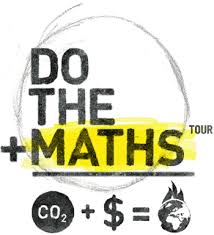
The show
was not maths lesson as most might imagine it. The fundamental equation
is that $$$ plus burning fossils is unsustainable. Burning just the
known fossil fuels in corporation inventories could raise average global
temperatures up to 4˚C. Already it is probable that in the last two
centuries our activities have raised the average global temperature by
nearly 1˚C and possibly caused more extreme weather events. Current
carbon dioxide emissions could well result in a 2˚C increase.
Bill quoted research by the Carbon Tracker Initiative, which estimates
that our combustion of all this known store of coal, mineral oil and gas
would release into the atmosphere five times the amount of carbon needed
to stay under the two-degree threshold. Bill told us Jim Hansen has now
written a paper suggesting that if the Canadian tar sands alone were
quickly burned then carbon dioxide levels would rocket from 390ppm to
540ppm.
Bill warned us to we should be very, very concerned about the risks
generated by such behaviour, for Earth’s atmosphere is a highly
dynamic and potent system.
I describe
Bill’s presentation as a show rather than a maths lecture. It began
with an introduction by 350.org ambassador at large to the South
Pacific, Aaron Packard, who spoke of Bill’s great humility and
tireless work. Aaron then invited, his mentor, Associate Professor Ralph
Chapman of Victoria University to introduce Bill.
I wondered if Bill knew the irony of this.
Ralph and a group of his Victoria fellows have been leading proponents
of local market reforms that disenfranchise us. They formed a
significant global force, especially at Kyoto, that ensured pollution
taxes have been rejected and a Carbon Trading regime adopted instead.
Contrary to the claims of its proponents, Emission Trading Schemes are
designed to reward polluters and punish non-polluters. They are fatally
flawed psychology that destroys sovereignty, equity and stewardship.
The show
began with video clips of some of the people being punished – our own
Pacific neighbours. We sat back in the plush seats of the Embassy and
watched them dance and sing their protest at the threats to their
welfare on the huge screen. Clips showed tidal surges sweeping into
their villages.
A series of breakdowns in the projector room plus the sight of the mouse
cursor racing around the screen in search of the start and audio buttons
reminded us that though we sat in plush surroundings this was a low-tech
presentation and not some slick corporate presentation. The glitches also
served to remind us of the low-tech lifestyles of our Pacific Island neighours
and their general vulnerability to more extreme weather events.
Bill often
adopted a conversational manner, especially as he discussed how we might
respond to the activities of the most polluting corporations. We were
treated to scenes of street demonstrations against the Keystone Pipe
proposal in the USA and he challenged the elders among us to act as
elders, to engage in civil disobedience to stop further dangerous air
pollution and waste of fossil fuels.
We were
shown a video featuring a New Zealand Environmental Expert, a leader of
the recent protests against the drilling for mineral oil in the ocean
off East Cape, New Zealand. I do not recall what she said, perhaps
because I was listening for what was not said. This was followed by a
video of John Minto, a veteran of the 1981 Anti-Tour protests. He spoke
of how the street demonstrations then were part of moral crusade against
Apartheid that showed once New Zealanders understand what the issues are
then we rise to the challenge.
It seems
John, like most New Zealanders, still does not understand the central
issue that caused the nationwide civil strife in 1981. Apartheid,
horrendous as it is, was a peripheral cause. The central driver of New
Zealand’s conflict was, as now, our abuse of our carbon potential. The
steep rise in mineral oil prices in 1979 exposed the dangers of our
addictive use of this potent material. The resulting widespread
implosion into debt and unemployment threatened the National Government
and it exploited our inherent racism divides to divert the growing anger and
frustration.
Subsequent Governments have exploited and promoted this addictive use of
our carbon potential to the point where we have sold off many of our
greatest assets to sustain our addiction. We have converted most of the
fabulous wealth potential of easily extracted fossil fuels into air
pollution in just two generations.
I do not
recall anyone last night pointing out the legislative changes that
enabled this to happen. No one spoke of the huge subsidies now given jet
and private car users. No one mentioned that since the 1993 Electricity
Industry Reform legislation the practice of energy efficiency has become
effectively illegal; since 1998 all our communities have been
effectively stripped of their rights to own the intelligence of their
local electrical potential; in 2008 the ETS legislation was enacted; in
2011 our Electricity Authority instituted a regime placing significant
obstacles to our ability to use our solar potential etc. I doubt Aaron
or Ralph informed Bill of these interrelated details of the derelict state of our
nation.
Street protests against fossil fuel combustion will continue to occur in
a cultural vacuum until people understand the uncivil nature of our
contemporary corporate-driven culture and legislation. Our language will continue to
make us our own worst enemies.
Wordsmiths
are as vulnerable as any other human being to the trickery of the ego.
Indeed their skill with words means they can become potent generators of
unsustainable language. So it was pleasing to note Bill’s sentience of some of the
contradictions of our media. For instance, he pointed out that the
people who oppose burning fossil fuels on scale are not the radicals of
our society. Rather they are the true conservatives. He suggested the
real radicals are people like the CEOS of corporations like Chevron who
are engaged in a radical experiment generating vast amounts of air
pollution in unprecedented way that puts all of humanity at risk.
The
Sustainability Principle of Energy offers even deeper insight into this
phenomenon. It
reminds us that our sustainability is ultimately measured by our
actions. Are we conservatives or non-conservatives of the flows and
balances that sustain humanity? This measure transcends all our common
measures such as stated social, political, religious and other beliefs.
Often it makes nonsense of these measures.
Despite his
wordsmith skills and insights into the importance of language Bill still
did not suggest it is critical to our survival. Thus he did not warn,
for instance, that it is unhelpful if people protesting in the streets
against something carry placards and banners protesting for it. As a
consequence he did not address the unsustainable role of our education
system, which is producing generations of profound non-conservatives
imbued in the belief we live in a Greenhouse World. Perhaps his own
non-conservative lifestyle prevents him seeing the true genius of
350.org.
The notion
that that our comfortable existence on this planet is enabled by a few
trace gases measured in parts per million of the atmosphere makes our
most central education policies dangerously obsolete. Most of our
teachers are non-conservatives. They tend to generate more pollution and
waste in a week than most people on the planet generate in a year. Trace
Theory puts great focus on teaching how tiny quantities of a substance
can generate massive change, whether they are Warmer Trace Gases, genes
or interest rates on loans.
As a
seeming aside, I will mention one of New Zealand’s leading climate
experts - Dr Andrew Matthews, a significant player in establishing the
1987 Montreal Protocols that bans the emission of substances that
deplete Earth’s vital ozone layer. It was Andrew who pointed out to me
the importance of Trace Theory for understanding the exponential nature
of interest rates and communicating stewardship of debt. This was in
2002, well before most of the current debt had been created.
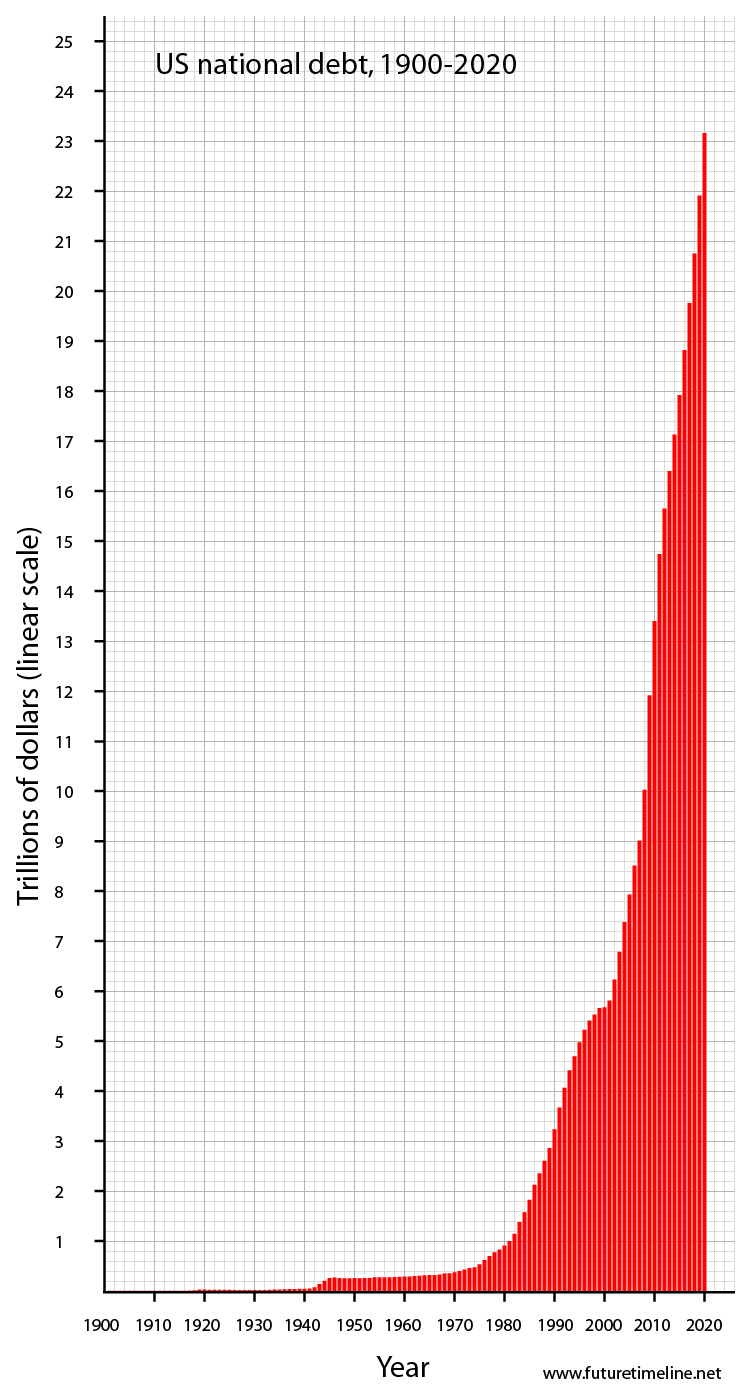
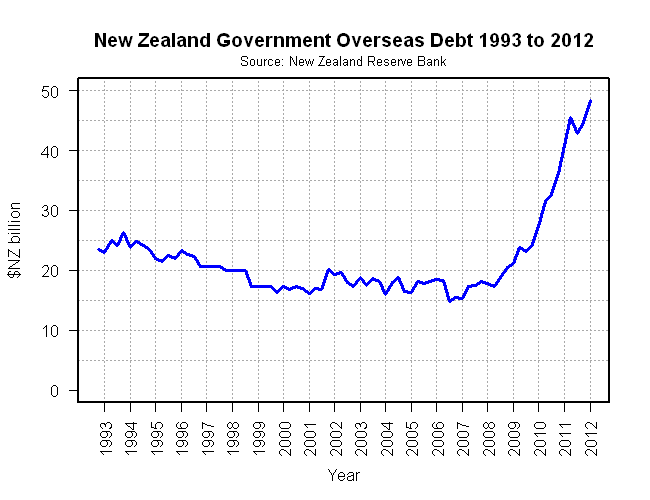
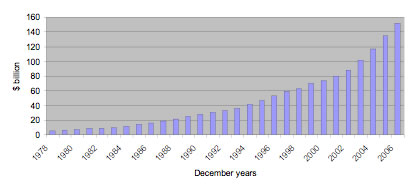
New Zealand household financial liability 1976-2006
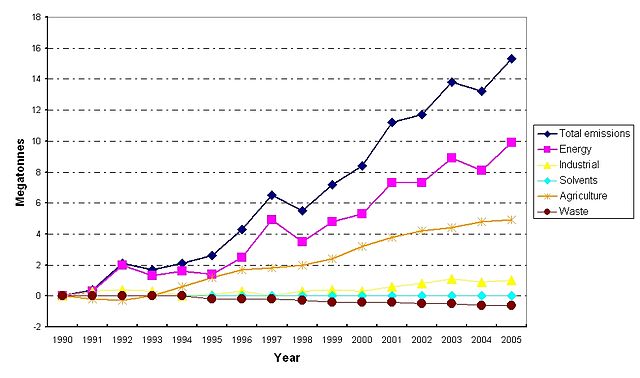
New-Zealand-greenhouse-gas-emissions-1990-2005.
What is interesting is I was unable to engage Andrew’s interest in
applying Trace Theory to the education of stewardship of our climate.
The trace gases of the ozone layer and their depleting molecules are measured in parts per billion of the
atmosphere! ( The politics of the Montreal Protocols were unique -
white, rich people are more at risk from ozone depletion, a switch in
refrigerant gases had relatively impact on the wealth of the big
industrialists and the vision of a hole in greenhouse earth was a potent
one, even though it is ultimately unhelpful.)
This
reticence brings
up a question Bill did not address. Who can educate stewardship of our
atmosphere when our ultimate message is our actions? Where will we get
the teachers from who can correct the current unsustainable cycle of
communication? Always the truth of whether we are conservatives or
non-conservatives is reflected in our language. Al Gore’s movie, An
Inconvenient Truth, ends with a promotion of carbon trading, Kevin
Trembeth (a preeminent New Zealand climate expert working at NOAA) gave
an excellent lecture on climate processes here in Wellington and at the
end left a lingering illustration of planet earth in a Greenhouse (See
the Livescience illustration above) and
one of Bill’s last actions last night was to evoke an image of him
flying from Dunedin to Wellington.
The
inconvenient reality is that the human mirror neuron complex generates
and imbeds these images deep in our psyche. They form rich fodder for
the ego with its incredible, ingenious trickery. When Trace Theory is
applied to our psychology we find that climate experts play a pivotal
and disproportionate role in behavioural change and stewardship of the
atmosphere. The 15% of “change makers” take their lead from a few
climate gurus, the 60% of “change followers” take their lead from
the 15% and a society changes its general behaviour.
The only way I can see to get around this conundrum of our actions being
our most profound message is to vow to never to fly again, which I did twenty years
ago. My home overlooks Wellington’s busy airport and there are a
million justifications I can find to board those jets. Only that
unconditional vow prevents me.
Which
brings up another vital area Bill did not address: family.
One of the most powerful rationales I could adopt for boarding
those jets is to share overseas travel experiences with my family and
visit relatives residing around the planet. This morning I woke mindful
of Bill’s speech and also facing the conundrum of family pressures to
act.
My closest family has invited me to travel with them by car to a family
reunion tomorrow. I can easily travel using mass transit, which
generates a fraction of the pollution, waste and debt per capita of car
travel. I am mindful that our vote at the petrol pump is far more potent that our vote in
the ballot box. What to do?
After some wrestling with the conundrum I decide to offer to pay for
everyone to travel by train. However I know if the consensus of my
family is still to travel by car then my desire to share the day with
them will somehow justify my non-use of mass transit. Even my offer
risks me being perceived as judgemental and morally superior. It is not
easy.
Traditionally family is one of our most sustaining institutions. In our
current diseconomy it becomes a dangerous liability. How do we address
this situation with compassion?
In some
ways these are quibbles about Bill presentation. I believe history will
credit him with the genius of providing us with a profound and
sustaining tool – the notion that a few trace gases existing in parts
per million enable life as we know it on Earth. Inherent in this notion
is the potential to communicate what an amazing, dynamic and exquisitely
formed structure our atmosphere is.
I shouted a
friend to the Do The Maths
and he has just returned the favour by pointing me to the reaction to
the tour on New Zealand’s dominant newsite –Fairfax’s Stuff
website.
On June 4
there is an article titled Climate
expert explains cost of fossil fuel future. It provides a quick summary of Bill’s argument and a few
details about the tour. Yesterday on June 15 there is an article titled Climate
change math doesn’t add up. This is a New Zealand-Canadian
collaboration by Jo Fone and Tom Harris and in many ways it reveals the
dismal state of our Anglo-American education system. The article
concludes with the argument that Earth’s atmosphere is a greenhouse
and we are not harmed when carbon dioxide concentrations in our
greenhouses are 1500 ppm i.e. “more
than four times McKibben's so-called "safe" limit.”
Any
education system that produces people with the delusion that life in a
greenhouse is the same as life in the atmosphere is fatally flawed. Such
delusions deny the fundamental principles of physics. Greenhouses do not
have temperature variations of hundreds of degrees in any moment or
roiling oceans or great reflective ice masses or 300ph jet streams. We do not experience
typhoons, tornadoes, ice storms and similar extreme weather events in a
greenhouse.
A couple of
years ago I flicked Bill a draft of what a climate education curriculum
for 5-10 year olds might look like. He replied he could not imagine it
being implemented in the USA and asked how it is received in New
Zealand. I had to reply in sadness that there is a zero response to it
at every level.
I believe
future generations will regard Bill’s innovation as genius though
perhaps its impact would be greater if were called 350ppm.org.
It may well prove that the upper safe levels of carbon dioxide levels
are 300ppm or 500ppm. What matters is that we are now a small step away
from talking of “trace gases” as we learn what ppm really means.
“350ppm” presents our educators and policy makers with an enormous
challenge. It demands a revolution in education, for it requires us to source
people who lead sustainable lives and thus are more free to teach what
parts per million and leverage really mean.
It requires the adoption of a new language that works to generate and
reflect sustainable behaviour in the more wasteful and polluting
teachers. And we are all teachers to some degree.
We are fortunate because in many cases we do not have to look far for sustaining word symbols, as
they were inherent in the language of previous generations previous to
the excesses of the Industrial Revolution. And we have great guides to
sustainable language uses in the grand principles of physics. Therein
resides great hope. Our use of sustainable symbols will tend to generate
sustainable lifestyles so we and our children are better able to enjoy
greater harmony with the immense forces of our sun and planet. Do we not
owe it to future generations to open ourselves to this possibility?
Thanks a million, Bill.
Some
background links
https://en.wikipedia.org/wiki/Bill_McKibben.
http://www.bonusjoules.co.nz/B_J_Site/BJs%20home.htm
Cartoon strip Bonus Joules and the Knowledge Economy 2002-2004
http://www.thesustainabilityprinciple.org/climate_%20education/introduction.html
Celebrating Our Climate
An Essential Climate Education Framework
http://www.radionz.co.nz/national/programmes/saturday/20130608
Bill McKibben: doing the maths ( 37′ 24″ )
09:05 American environmentalist, author, and journalist who led
the organisation of 350.org, and will visit New Zealand on his Do the
Maths Tour.
http://www.youtube.com/watch?v=-zfinOCgRQ0
Do the Math - The Movie | Official Trailer
http://www.stuff.co.nz/dominion-post/news/politics/8752390/Climate-expert-explains-cost-of-fossil-fuel-future
http://www.stuff.co.nz/stuff-nation/8797754/Climate-change-math-doesn-t-add-up
Updates
and Additions
18
May 2013
Energy
?! - Chapter five -The Ego and Global Warming
Our confusion of warming with warming up deprives us of a
wonderful, vital dimension of the thermodynamics of the universe(s).
16
April 2013
Energy
?! - Chapter four -The Ego and Potential Energy
Our estrangement from the universal potential by our division of
kinetic energy from potential energy.
5
March 2013
Energy
?! - Chapter three -The Ego and Forms of Energy
The grand confusion of forms and perspectives of energy.
26
Jan 2013
Energy
?! - Chapter two -The Ego and the Conservation Principle of Energy
The
incredible inconvenience of this great principle.
8
Jan 2013
Energy
?! - Chapter one -Introducing The Ego and Energy
A cartoon exploration of our psychology and the the nature of
energy.
22
Sept
2012
The
Sustainability Principle of Energy
and
The Compassionate Curriculum.
 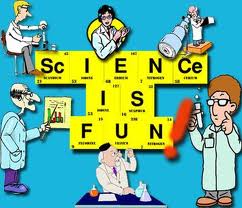 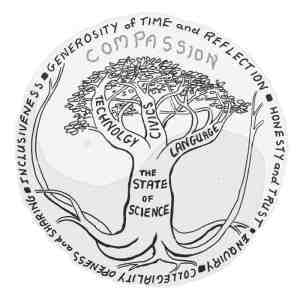 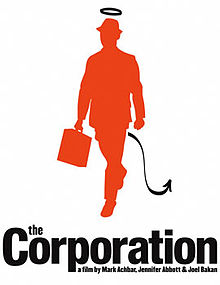  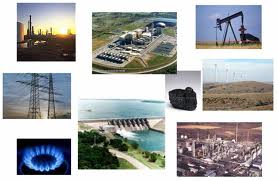 
(An Illustrated Essay - A brief
Historical Overview)
3 August
2012
Towards
a sustainable education system
A graphic
comparison of the New Zealand Curriculum Framework with the
Compassionate Curriculum Framework with brief comment
31
January 2012
A
Practical Guide to Enjoying True Hope
An essay
exploring how the great principles of physics can help identify false
hope and enable the experience of sustaining hope.
5 October 2011
"An
Orwellian Climate"
Letters to
Australasian Chief Science Advisors explaining contemporary confusion in
climate care communication (Prof Peter Gluckman, Prof Ian Chubb, Prof
Tim Flannery, Dr Andrew Glikson )
15 September 2011
The
2011 New Zealand Election Campaign
(A
letter to New Zealand people alerting them to the dangers of the huge
hidden yet in-your-face advertising campaign promoting the sale of our
national assets.)
16 March 2011
Thought
Experiments re the Carbon Trading Ethos
(Originally
designed for the Office of the New Zealand Parliamentary Commissioner
for the Environment.)
26 February
2011
Letter to Radio
NZ
(Contains
reflections on broadcasts and ratings of the sustainability of a wide
range of its programmes.)
29
November 2010
The Joy in the Art of Civics
(Brief reflections on this state of being and the dangers of
Environmental Education)
24
November 2010
Celebrating
Our Climate
(Draft one: A climate education framework founded in the Sustainability
Principle of Energy offering an alternative vision of how we can
communicate the role of humans in Earth's climate processes.)
13
October 2010
Conversation
with NZ Minister of Education (Anne Tolley) re the
sustainability of the national education system. Read the Minister's
letter and reflections on the flaws inherent in the Education Ministry's
response.
4
November 2010
Letter
to the Office of the Parliamentary Commissioner for the Environment
Introduction to the Sustainability Principle of Energy with
discussion of the nature of science.
TOP
|